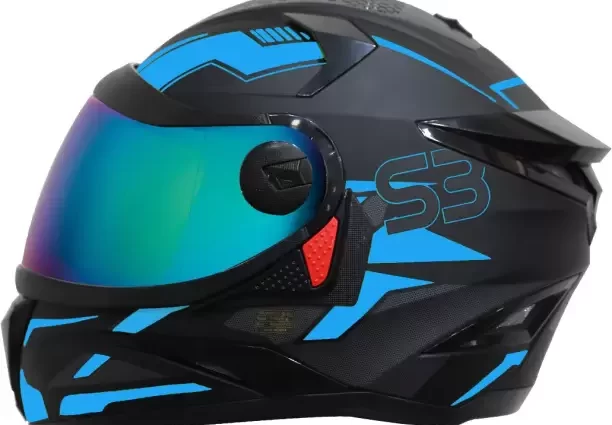A bike helmet is essential equipment for any rider. Whether you’re a road cyclist, mountain biker, or commuter cyclist, there’s a helmet out there that meets your riding needs.
Helmets can help protect head injury and reduce the chance of brain trauma in a bicycle accident, especially for children whose brains are still developing.
Protection from the elements
Helmets provide protection from the elements by absorbing and dissipating impact energy, helping to avoid skull fractures or other severe head injuries.
A quality helmet should have a hard shell that disperses impact energy and a soft liner to absorb it. The type of foam, outer shell quality and retention system inside all contribute to how well the helmet protects.
Helmets can also come equipped with features to increase safety and comfort, such as face shields that shield your eyes from debris. They may reduce wind noise or offer tinted visor options for better visibility on the road.
Lightweight
The lightweight design of a bike helmet is essential for lessening the impact that can occur during an accident, leading to reduced head injuries and faster recovery times.
One way to accomplish this is by decreasing the amount of EPS foam used. The Trenta 3K Carbon uses a 20% less dense EPS than its standard model without affecting its capacity for energy absorption.
This reduces its weight while keeping the shape flatter and more aerodynamic. The result is a lightweight helmet that’s also comfortable to wear.
Another key feature of this lightweight helmet is its Roc Loc Fit system, which works well with a variety of head shapes. This straightforward dialing system stretches and twists to customize fit, with audible clicks provided with each slight turn for extra assurance.
Comfort
Bicycle helmets should do more than just protect your head; they should also provide comfort. This is especially critical during long rides where you may be wearing your helmet for hours on end.
A great helmet should provide a secure fit and plenty of ventilation to keep you cool. This is especially essential if you ride in hot or humid weather conditions.
Helmets are becoming more advanced when it comes to protection, such as the multi-directional impact system (MIPS) which redirects energy from a crash. This technology moves your head just millimeters against its rotation during impact, keeping your brain from being jostled inside the skull.
Visibility
In addition to offering protection, a bike helmet also makes you visible to motorists. That is why selecting bright colors that contrast against your environment is essential.
For instance, a white helmet will stand out against a black background while red or orange ones will be more visible against green or blue ones. If you’re riding at night, consider wearing a light-up helmet for added visibility.
Bicycle helmets rely on two layers: expanded polystyrene (EPS) in the middle and an outer polycarbonate shell. When hit, EPS absorbs initial bursts of energy while cracks in the shell distribute this force across its entire surface.











